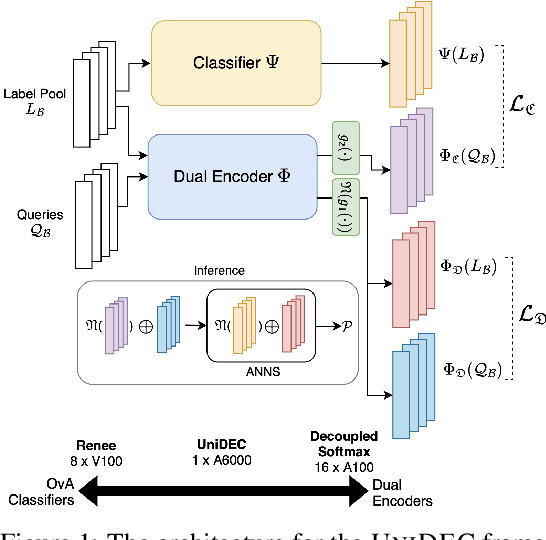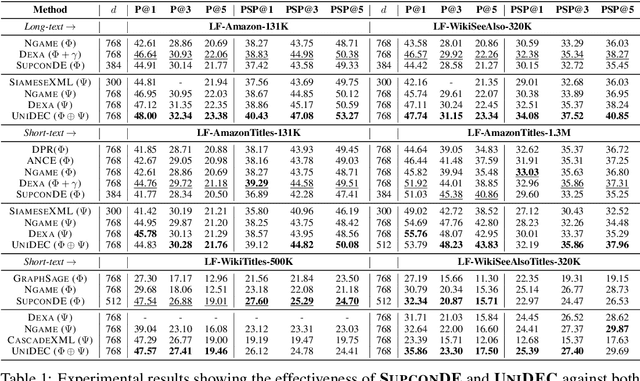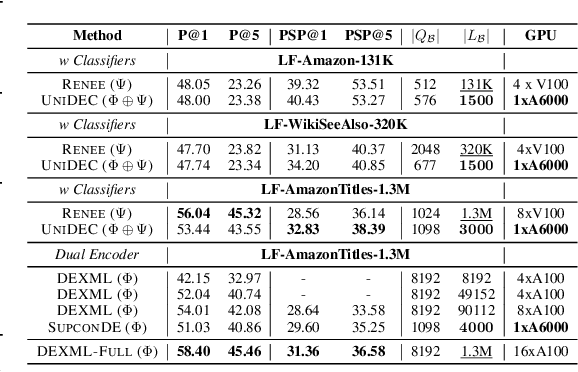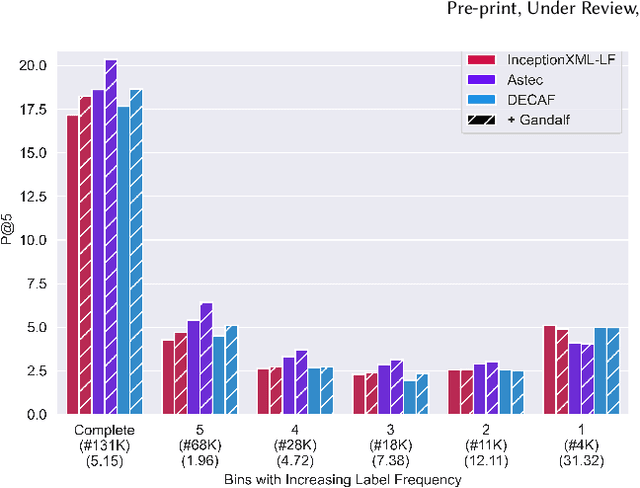Devaansh Gupta
d1: Scaling Reasoning in Diffusion Large Language Models via Reinforcement Learning
Apr 16, 2025Abstract:Recent large language models (LLMs) have demonstrated strong reasoning capabilities that benefits from online reinforcement learning (RL). These capabilities have primarily been demonstrated within the left-to-right autoregressive (AR) generation paradigm. In contrast, non-autoregressive paradigms based on diffusion generate text in a coarse-to-fine manner. Although recent diffusion-based large language models (dLLMs) have achieved competitive language modeling performance compared to their AR counterparts, it remains unclear if dLLMs can also leverage recent advances in LLM reasoning. To this end, we propose d1, a framework to adapt pre-trained masked dLLMs into reasoning models via a combination of supervised finetuning (SFT) and RL. Specifically, we develop and extend techniques to improve reasoning in pretrained dLLMs: (a) we utilize a masked SFT technique to distill knowledge and instill self-improvement behavior directly from existing datasets, and (b) we introduce a novel critic-free, policy-gradient based RL algorithm called diffu-GRPO. Through empirical studies, we investigate the performance of different post-training recipes on multiple mathematical and logical reasoning benchmarks. We find that d1 yields the best performance and significantly improves performance of a state-of-the-art dLLM.
A Training Data Recipe to Accelerate A* Search with Language Models
Jul 13, 2024



Abstract:Recent works in AI planning have proposed to combine LLMs with iterative tree-search algorithms like A* and MCTS, where LLMs are typically used to calculate the heuristic, guiding the planner towards the goal. However, combining these techniques is not trivial : LM-based heuristics are quite weak, incurring a high computational cost without a significant performance improvement. Existing methods to learn these heuristics do not consider the requirements of the planner, and typically need a lot of compute. Thus, in this work, we propose a distribution to downsample training data by identifying relevant data points to learn a performant heuristic, while constraining computational costs. To arrive at this model, we disentangle the requirements of the planner, in our case A* search, from that of the language model to generalise on this task. Surprisingly, we find an overlap between their requirements; A* requires more accurate predictions on nodes near the goal, and LMs need the same set of nodes for effective generalisation. With these insights, we can quantify the contribution of each node towards accelerating A* search, and subsequently derive a training distribution for learning LM-based heuristics. Following a recent work, we conduct our experiments on two classical planning domains, maze navigation and sokoban, with two test splits per domain, and two conventional loss functions. We reduce the number of iterations required to find the solutions by upto 13x, with a wall-clock speed-up of upto 5x.
UniDEC : Unified Dual Encoder and Classifier Training for Extreme Multi-Label Classification
May 04, 2024



Abstract:Extreme Multi-label Classification (XMC) involves predicting a subset of relevant labels from an extremely large label space, given an input query and labels with textual features. Models developed for this problem have conventionally used modular approach with (i) a Dual Encoder (DE) to embed the queries and label texts, (ii) a One-vs-All classifier to rerank the shortlisted labels mined through meta-classifier training. While such methods have shown empirical success, we observe two key uncharted aspects, (i) DE training typically uses only a single positive relation even for datasets which offer more, (ii) existing approaches fixate on using only OvA reduction of the multi-label problem. This work aims to explore these aspects by proposing UniDEC, a novel end-to-end trainable framework which trains the dual encoder and classifier in together in a unified fashion using a multi-class loss. For the choice of multi-class loss, the work proposes a novel pick-some-label (PSL) reduction of the multi-label problem with leverages multiple (in come cases, all) positives. The proposed framework achieves state-of-the-art results on a single GPU, while achieving on par results with respect to multi-GPU SOTA methods on various XML benchmark datasets, all while using 4-16x lesser compute and being practically scalable even beyond million label scale datasets.
Learning label-label correlations in Extreme Multi-label Classification via Label Features
May 03, 2024



Abstract:Extreme Multi-label Text Classification (XMC) involves learning a classifier that can assign an input with a subset of most relevant labels from millions of label choices. Recent works in this domain have increasingly focused on a symmetric problem setting where both input instances and label features are short-text in nature. Short-text XMC with label features has found numerous applications in areas such as query-to-ad-phrase matching in search ads, title-based product recommendation, prediction of related searches. In this paper, we propose Gandalf, a novel approach which makes use of a label co-occurrence graph to leverage label features as additional data points to supplement the training distribution. By exploiting the characteristics of the short-text XMC problem, it leverages the label features to construct valid training instances, and uses the label graph for generating the corresponding soft-label targets, hence effectively capturing the label-label correlations. Surprisingly, models trained on these new training instances, although being less than half of the original dataset, can outperform models trained on the original dataset, particularly on the PSP@k metric for tail labels. With this insight, we aim to train existing XMC algorithms on both, the original and new training instances, leading to an average 5% relative improvements for 6 state-of-the-art algorithms across 4 benchmark datasets consisting of up to 1.3M labels. Gandalf can be applied in a plug-and-play manner to various methods and thus forwards the state-of-the-art in the domain, without incurring any additional computational overheads.
CLIPTrans: Transferring Visual Knowledge with Pre-trained Models for Multimodal Machine Translation
Aug 29, 2023Abstract:There has been a growing interest in developing multimodal machine translation (MMT) systems that enhance neural machine translation (NMT) with visual knowledge. This problem setup involves using images as auxiliary information during training, and more recently, eliminating their use during inference. Towards this end, previous works face a challenge in training powerful MMT models from scratch due to the scarcity of annotated multilingual vision-language data, especially for low-resource languages. Simultaneously, there has been an influx of multilingual pre-trained models for NMT and multimodal pre-trained models for vision-language tasks, primarily in English, which have shown exceptional generalisation ability. However, these are not directly applicable to MMT since they do not provide aligned multimodal multilingual features for generative tasks. To alleviate this issue, instead of designing complex modules for MMT, we propose CLIPTrans, which simply adapts the independently pre-trained multimodal M-CLIP and the multilingual mBART. In order to align their embedding spaces, mBART is conditioned on the M-CLIP features by a prefix sequence generated through a lightweight mapping network. We train this in a two-stage pipeline which warms up the model with image captioning before the actual translation task. Through experiments, we demonstrate the merits of this framework and consequently push forward the state-of-the-art across standard benchmarks by an average of +2.67 BLEU. The code can be found at www.github.com/devaansh100/CLIPTrans.
 Add to Chrome
Add to Chrome Add to Firefox
Add to Firefox Add to Edge
Add to Edge